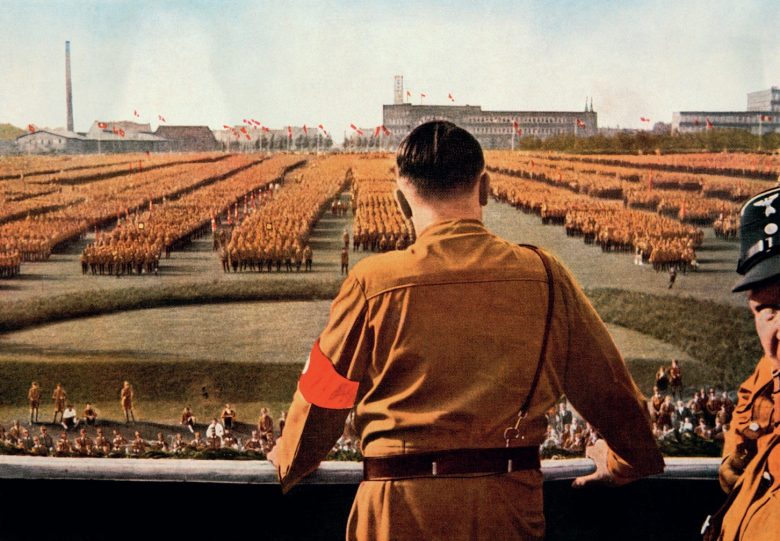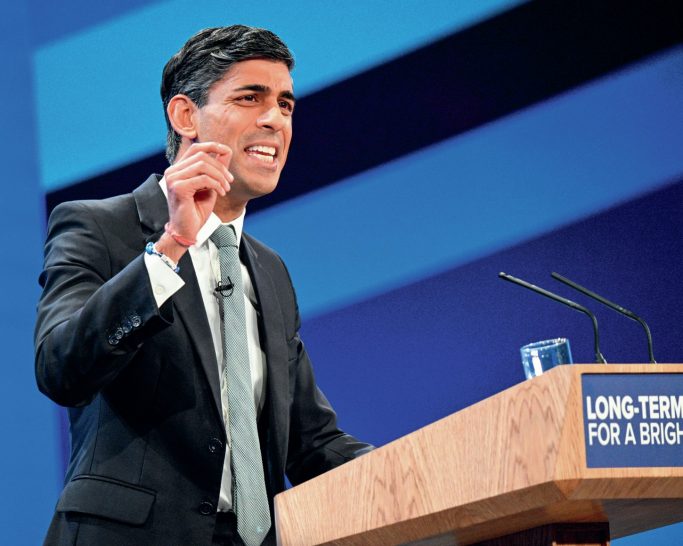
In their coverage of the US Supreme Court, textbooks rightly focus on key rulings. Roe v Wade (1973), the judgement that established abortion as a constitutional right, is widely cited.
Paradoxically, however, the Supreme Court can sometimes make decisions by not making decisions. How can this be? While attention is focused on the nine judges sitting on the Supreme Court bench (the top tier), there are other, albeit lower and subordinate, federal courts. Currently there are:
Your organisation does not have access to this article.
Sign up today to give your students the edge they need to achieve their best grades with subject expertise
Subscribe




